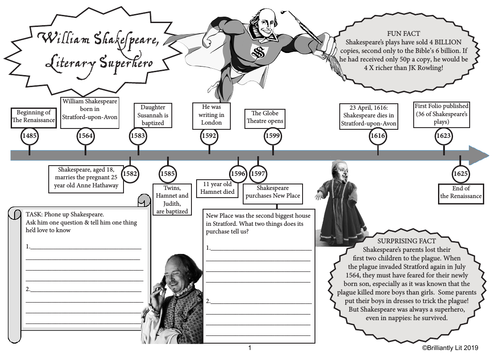BrilliantlyLit's Shop
Brilliantly Lit creates playful English Educational Resources for middle and secondary school students. Teachers seeking visually engaging resources for literature, writing, debating and public speaking will find fun products that turn up student learning while turning down teacher marking.















